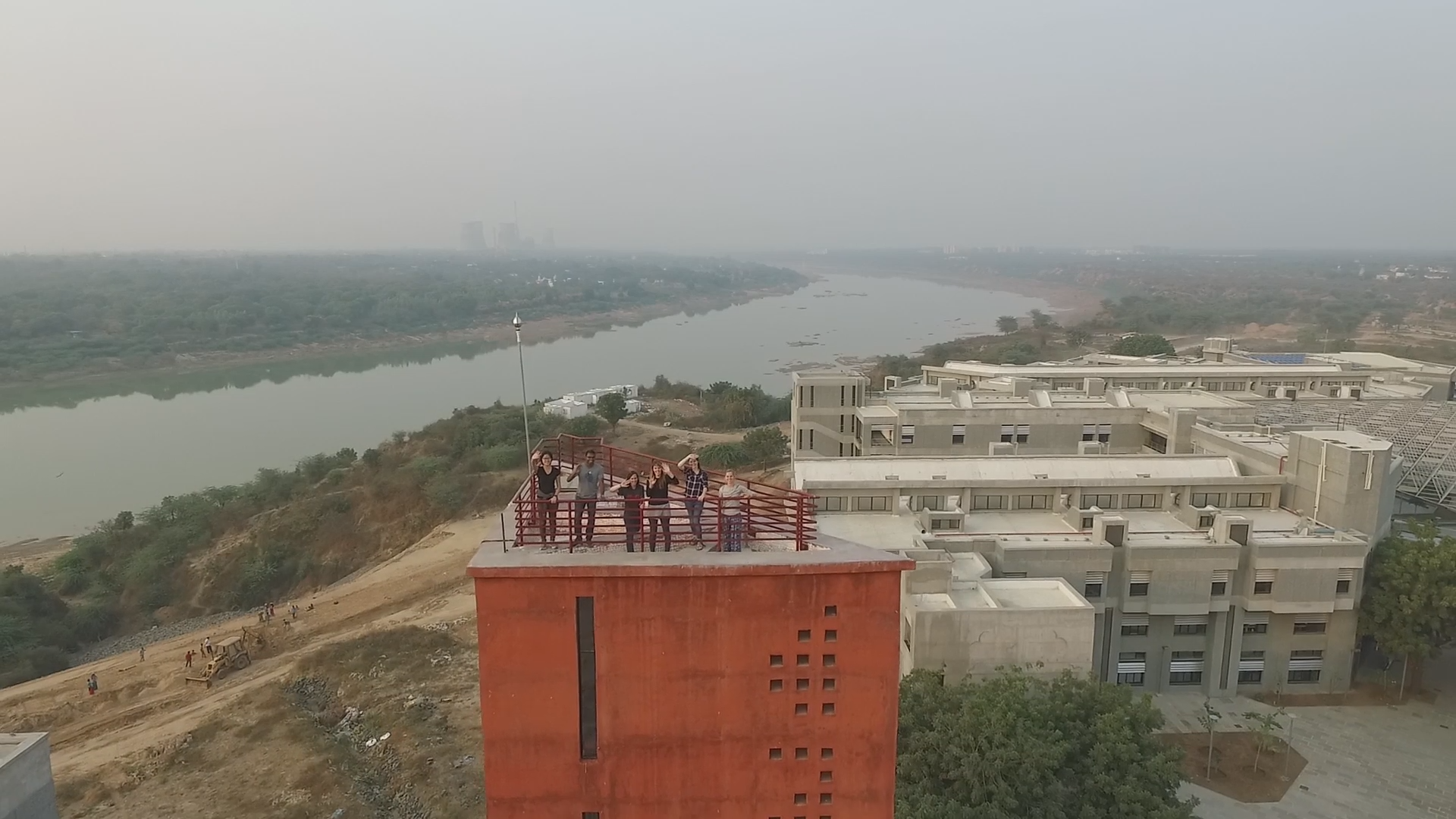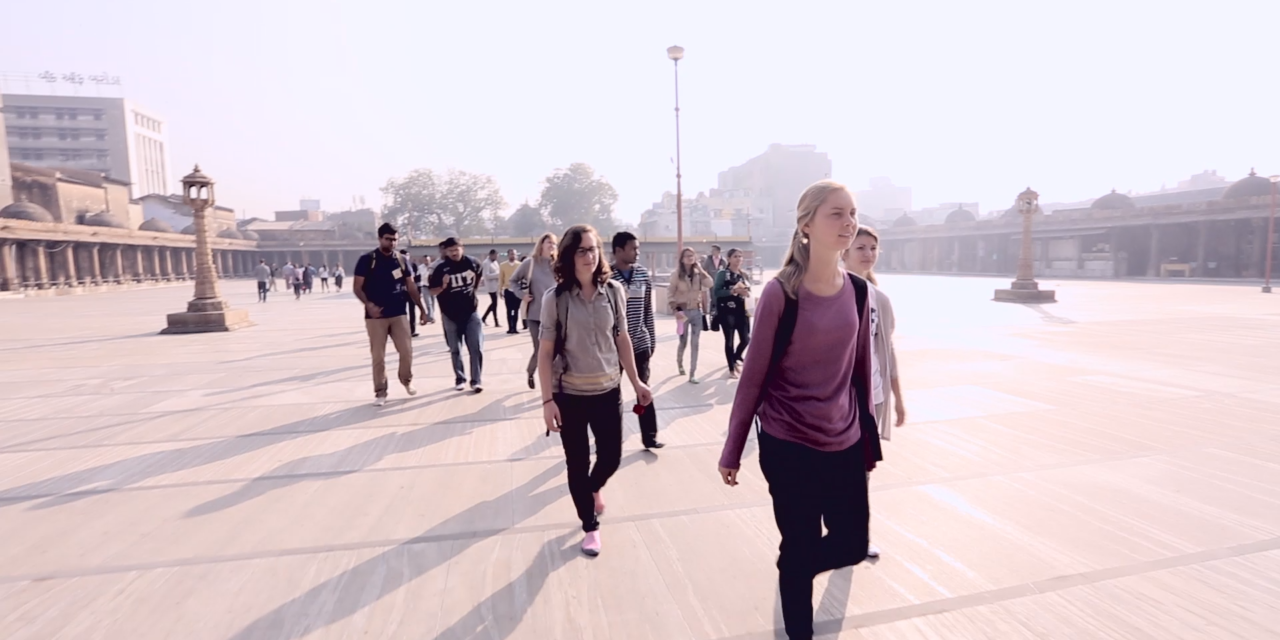IITGN teams up with Duke to investigate health implications of common roadside fires in urban India.
With many cities in India getting to the point where air pollution outweighs the benefits of exercising outdoors, every source of exposure needs all the attention it can get. Only earlier this month, the Ahmedabad Fire and Emergency Services (AFES) found itself busy at Pirana, dousing out flames emerging from the notorious trash mountain at the site. The (in)famously gigantic pile of garbage has long posed a substantial health risk to several thousand families who live in its close proximity. The site has even been the subject of several notices from Gujarat Pollution Control Board (GPCB). Pirana is one among eight locations in the city where the Indian Institute of Tropical Meteorology plans to install and operate an air quality monitoring network.
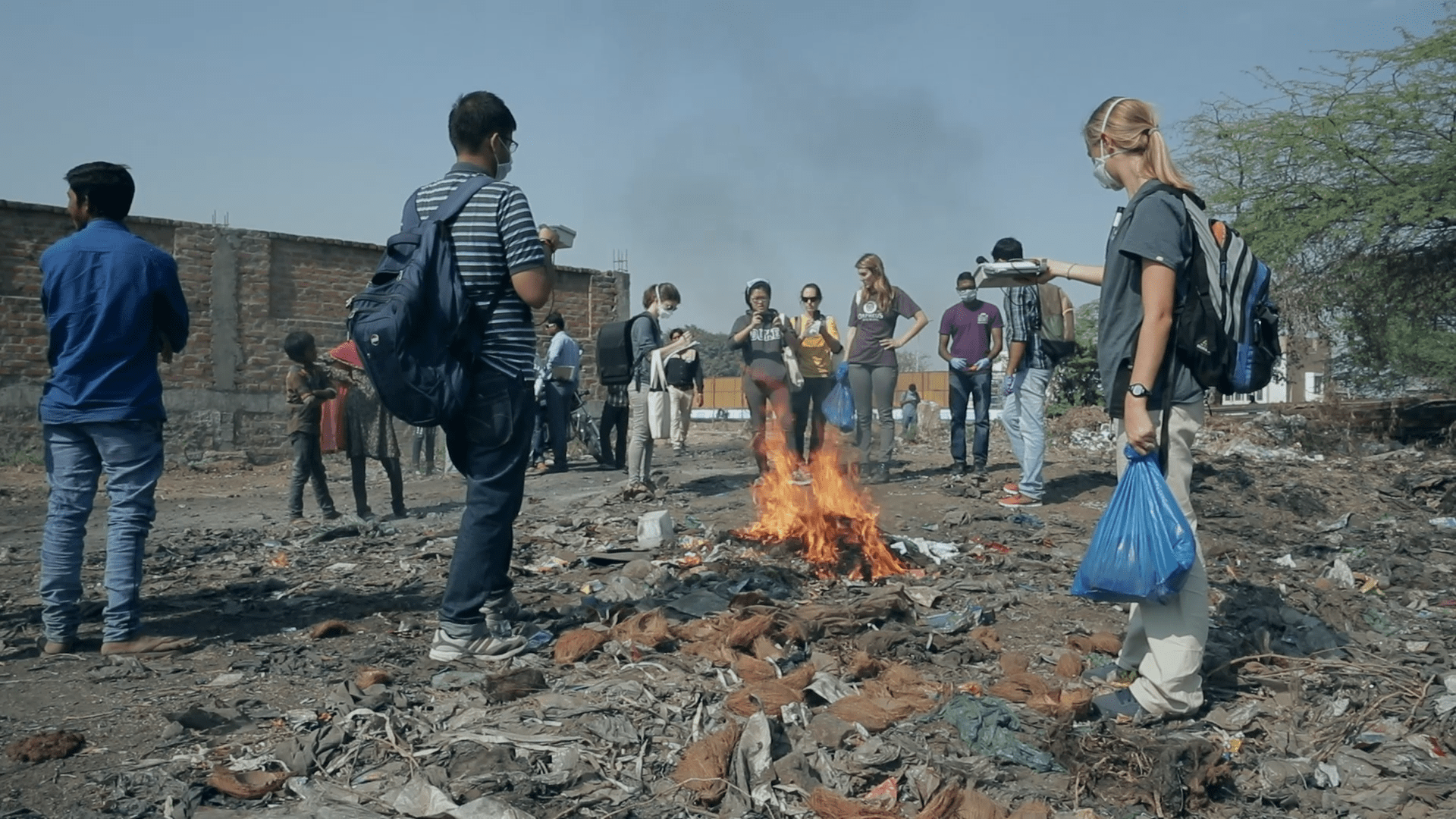
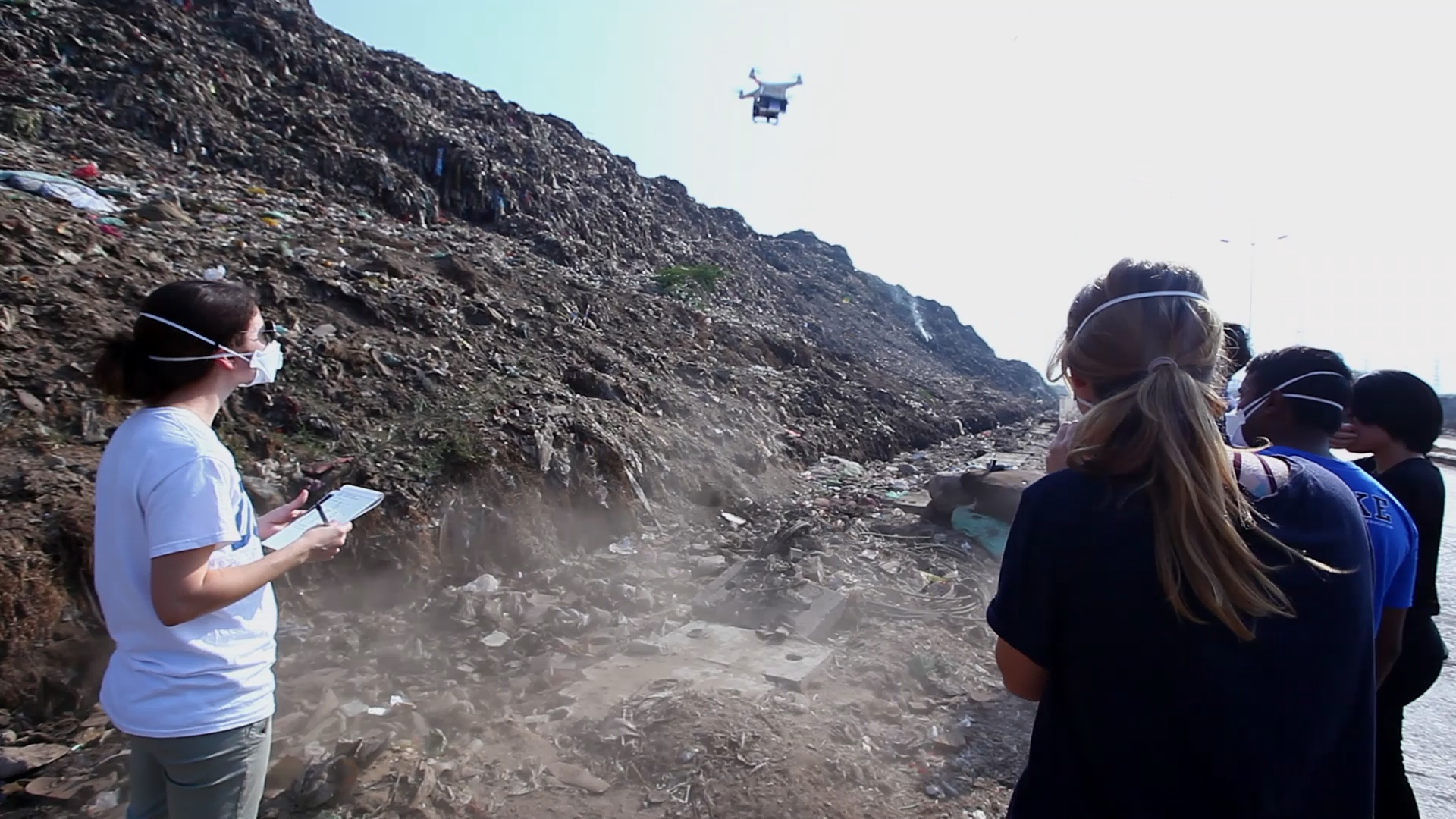
Ahmedabad is no stranger to air pollution – it happens to be one of the more polluted cities of the country, clocking in at the fifth position nationwide. In the recently released issue brief on air pollution in the city, compiled jointly by the Ahmedabad Municipal Corporation and other partner organizations, the burning of trash gets a passing mention as a contributor to air pollution. However, it turns out that the smoke from burning roadside trash piles can be at least as dangerous as the more obvious culprits, including vehicular pollution and pollution from factories.
For instance, in tests conducted on samples of emissions from several garbage fires in Bengaluru, Prof. Michael Bergin (Duke University) pointed out that somebody standing near one of these fires is getting a dose of toxins 1,000 times greater than they would from the ambient air. Among various things, Prof. Bergin studies natural and manmade microscopic particles floating all around the Earth’s atmosphere. His work has brought him to India on more than one occasion: one of his studies showed that emissions of particulate matter from sources that included dung and garbage burning in nearby localities were among the culprits that were turning the Taj Mahal yellow.

In January 2016, IIT Gandhinagar partnered with Duke University with support from the Ministry of Human Resource Development (MHRD), Government of India and United States Agency for International Development (USAID). This partnership brought Prof. Bergin back to India, this time to the twin cities of Gandhinagar and Ahmedabad. His initial visit to IIT Gandhinagar early last year sparked a research collaboration with Prof. Chinmay Ghoroi. After some exchanges, students from Duke University found themselves spending their winter break on the IIT Gandhinagar campus.
This winter project was focused on quantifying the contribution of emissions from trash burning in the city to the overall air pollution. The team comprised four students each from IIT Gandhinagar and Duke University, and they were joined by two students from IIT Kanpur. For more than three weeks, the team coordinated and planned several site visits and lab experiments focusing on air quality and trash composition.
Prof. Chinmay Ghoroi noted that in this process, the students from IIT Gandhinagar learned the use of some advanced instruments, while Prof. Bergin pointed out that the expertise of the teams was very complementary, which turned the collaboration into a great learning opportunity for everyone.
“Duke and IITGN have expertise that are very complementary to each other. While IITGN has experts in water resources, at Duke we have very good knowledge and experience in the area of air quality and related issues. This gives us a good opportunity to work together and learn from one another.”
Prof. Michael H. Bergin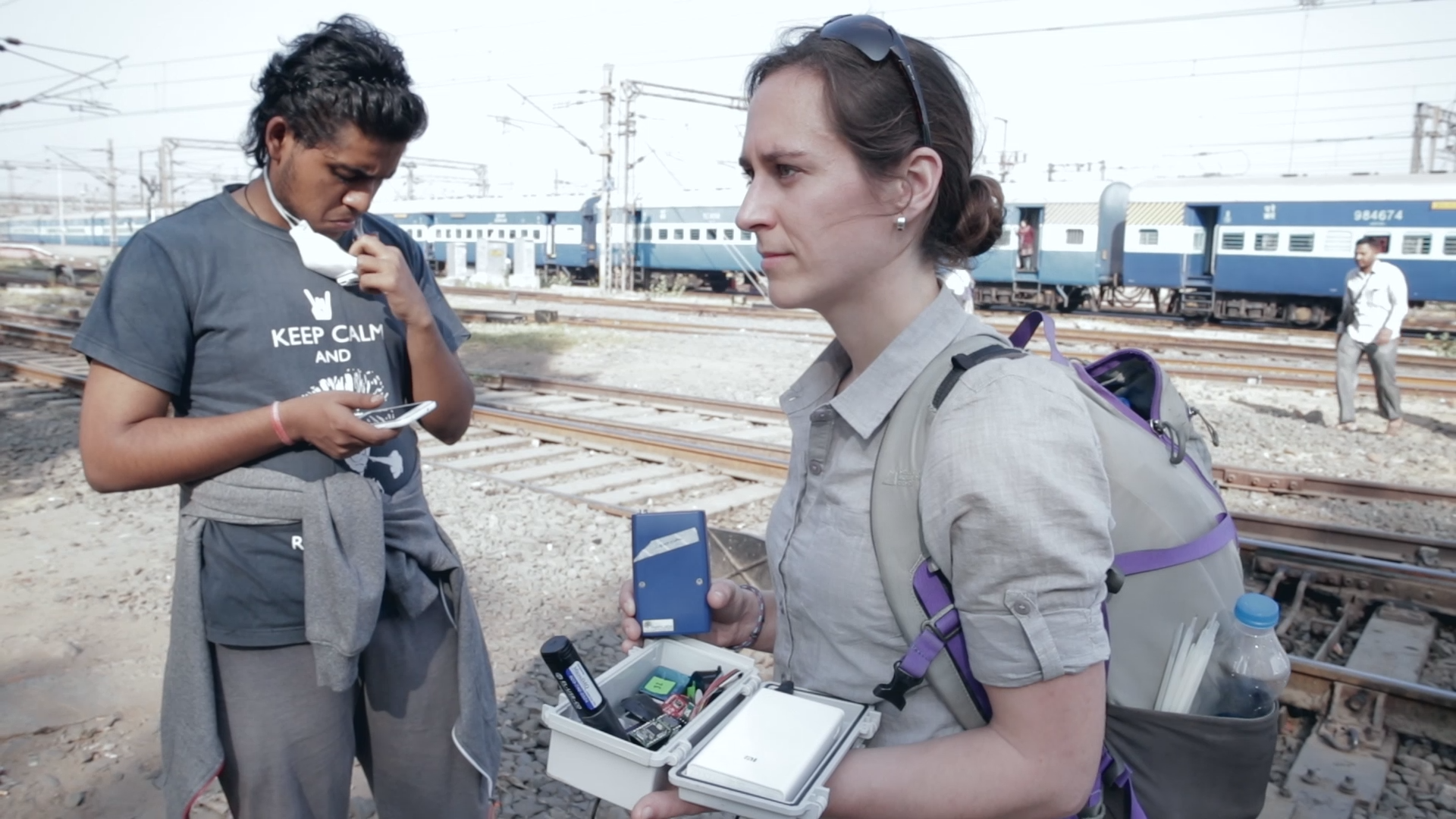
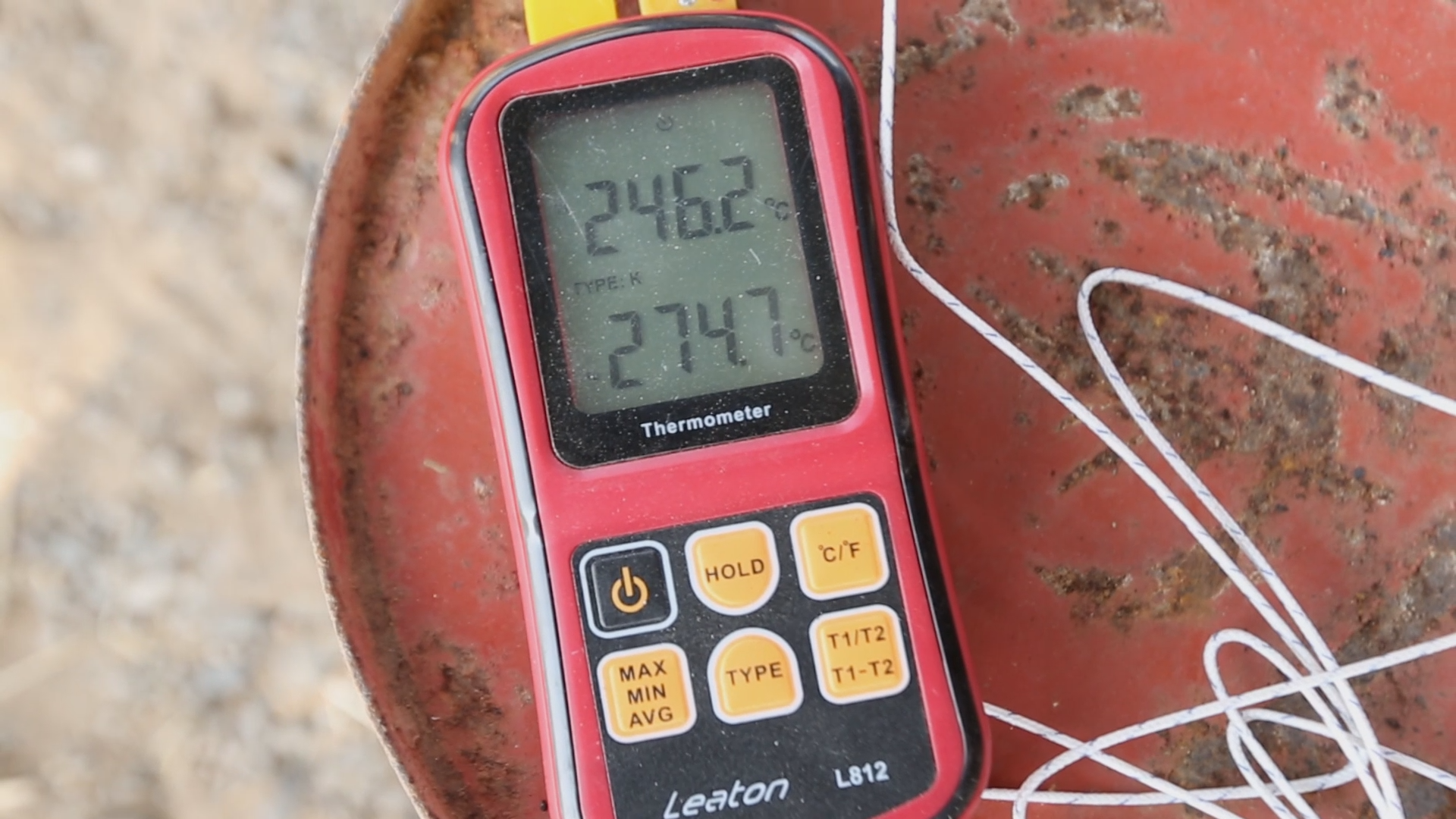
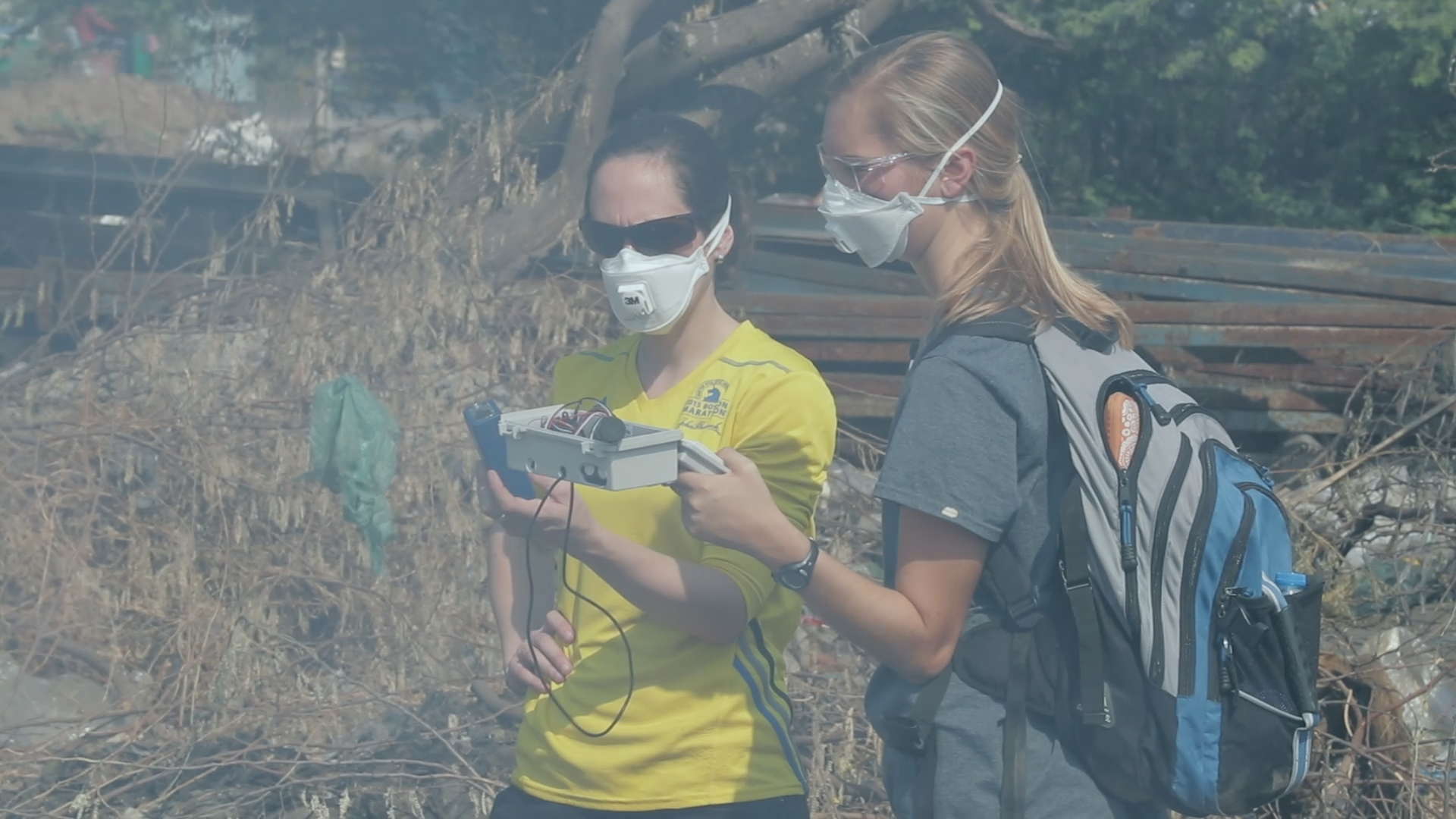
The students the setup their equipment to measure the air quality while the trash was burning. After the measurements were recorded, the students collated the data and quickly analyzed the information, thanks to some very convenient gadgets developed at Duke (watch the video at the end of this post to find out more). Sure enough, the graph showed carbon monoxide levels rising significantly after the trash caught fire.
The students the setup their equipment to measure the air quality while the trash was burning. After the measurements were recorded, the students collated the data and quickly analyzed the information, thanks to some very convenient gadgets developed at Duke (watch the video at the end of this post to find out more). Sure enough, the graph showed carbon monoxide levels rising significantly after the trash caught fire.
This was also an intense experience from the cultural standpoint for the entire team. During their public site visits, the nerds with funky gadgets taking on burning piles of trash in the heart of the city did not go entirely unnoticed. The onlookers were mostly bemused, and the more curious ones wanted to know what exactly was going on, and what might be eventually achieved.
For many of the people that the team encountered, the smoke from these burning trash piles is a part of the daily grind. In some of the more intensely affected areas, the residents are effectively choking and are desperate for solutions: someone paying attention brings them hope.
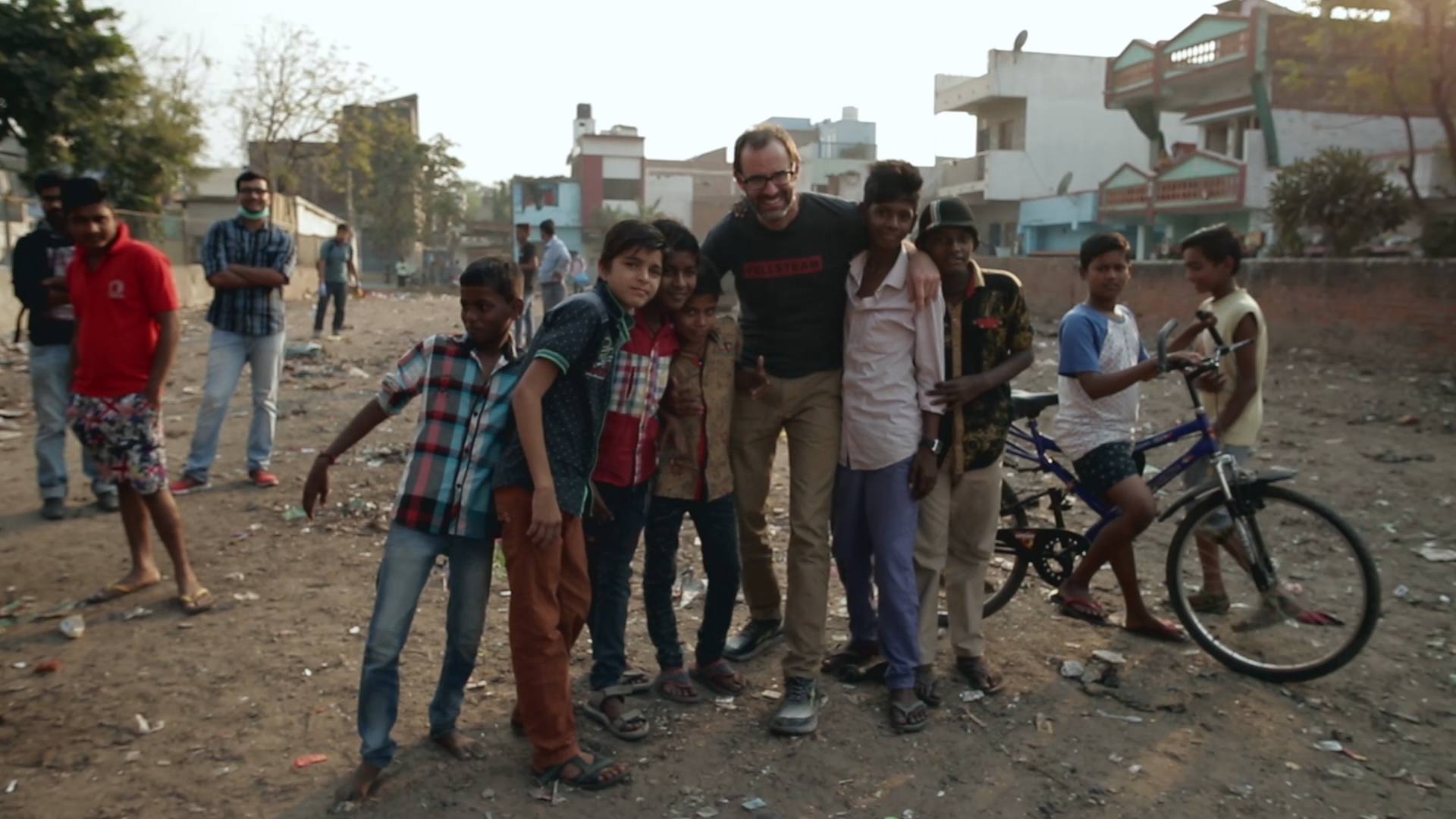
The long-term goals of this project are ambitious, involving putting the burning trash to good use by generating energy that can be captured and converted for tangible use. In the shorter term, the team hopes that their analysis and reports will draw some much-needed attention to the extent to which trash burning contributes to air pollution and exposure to toxins. Watch this space for more updates on this exciting project!
